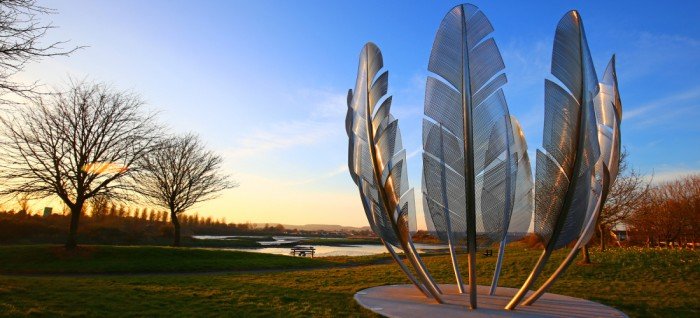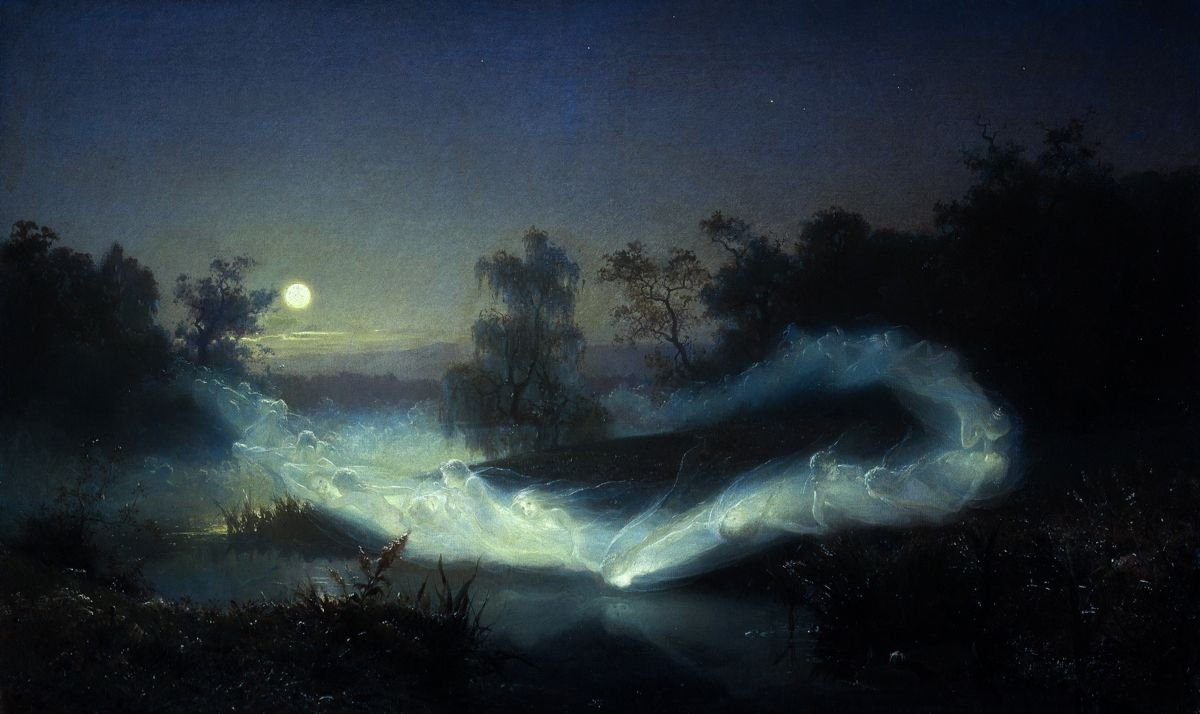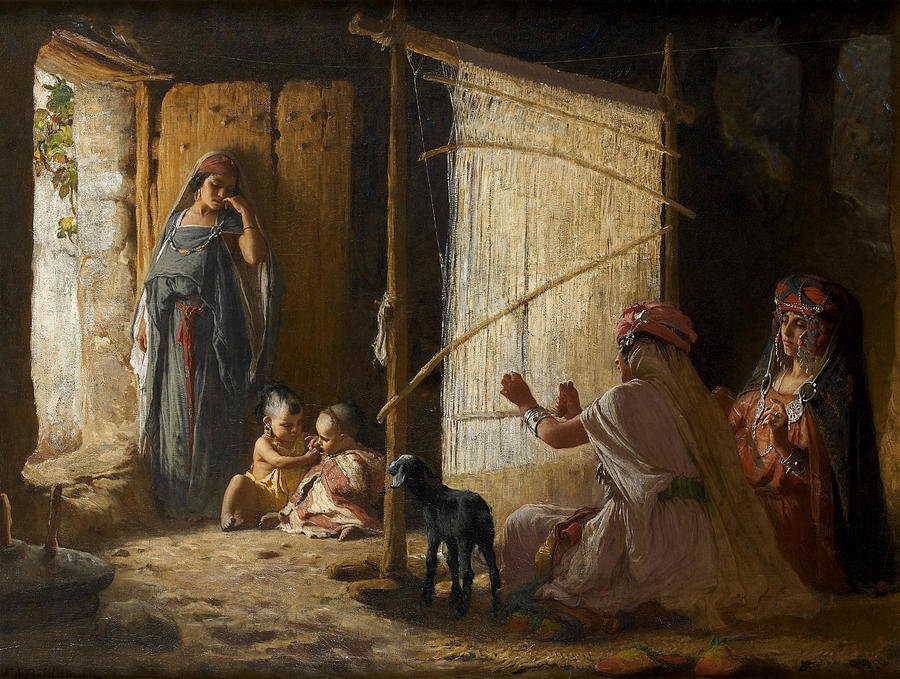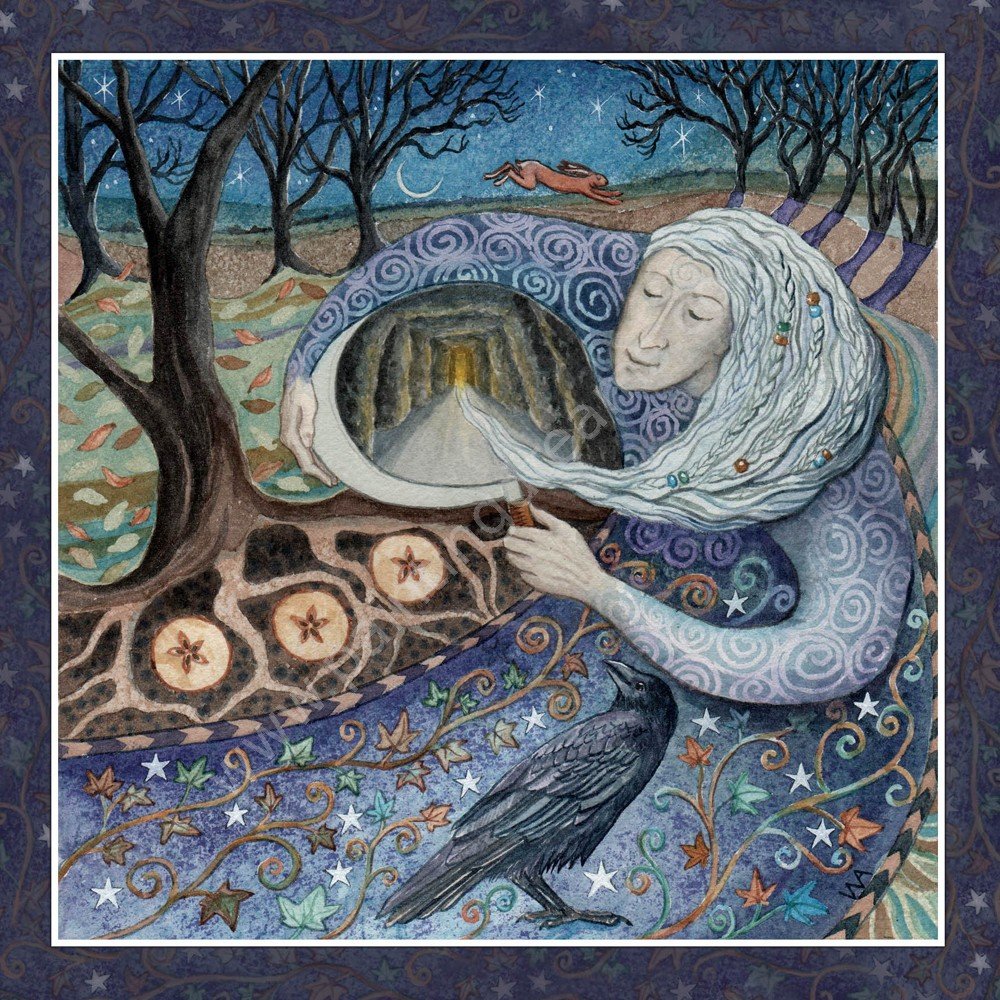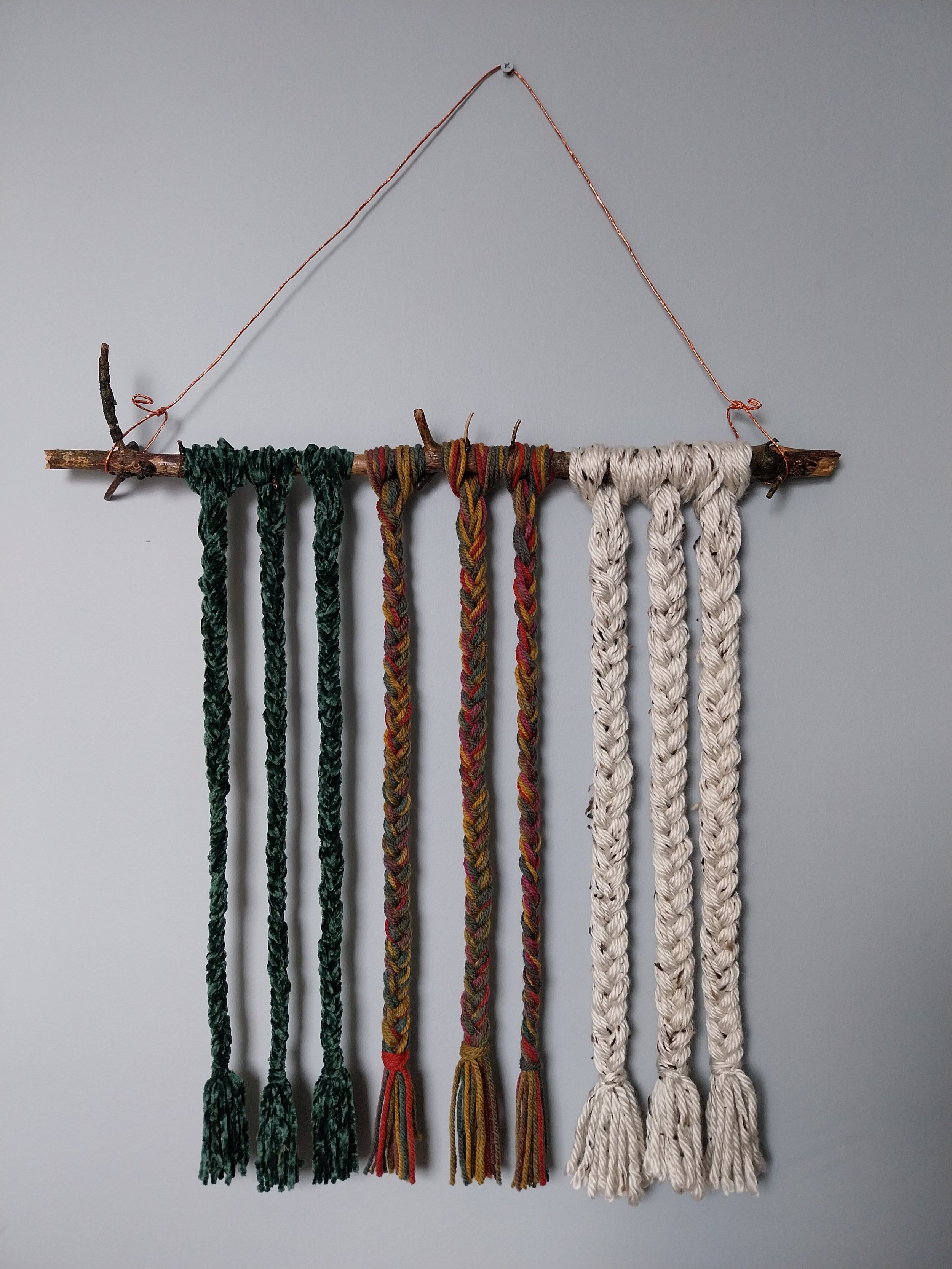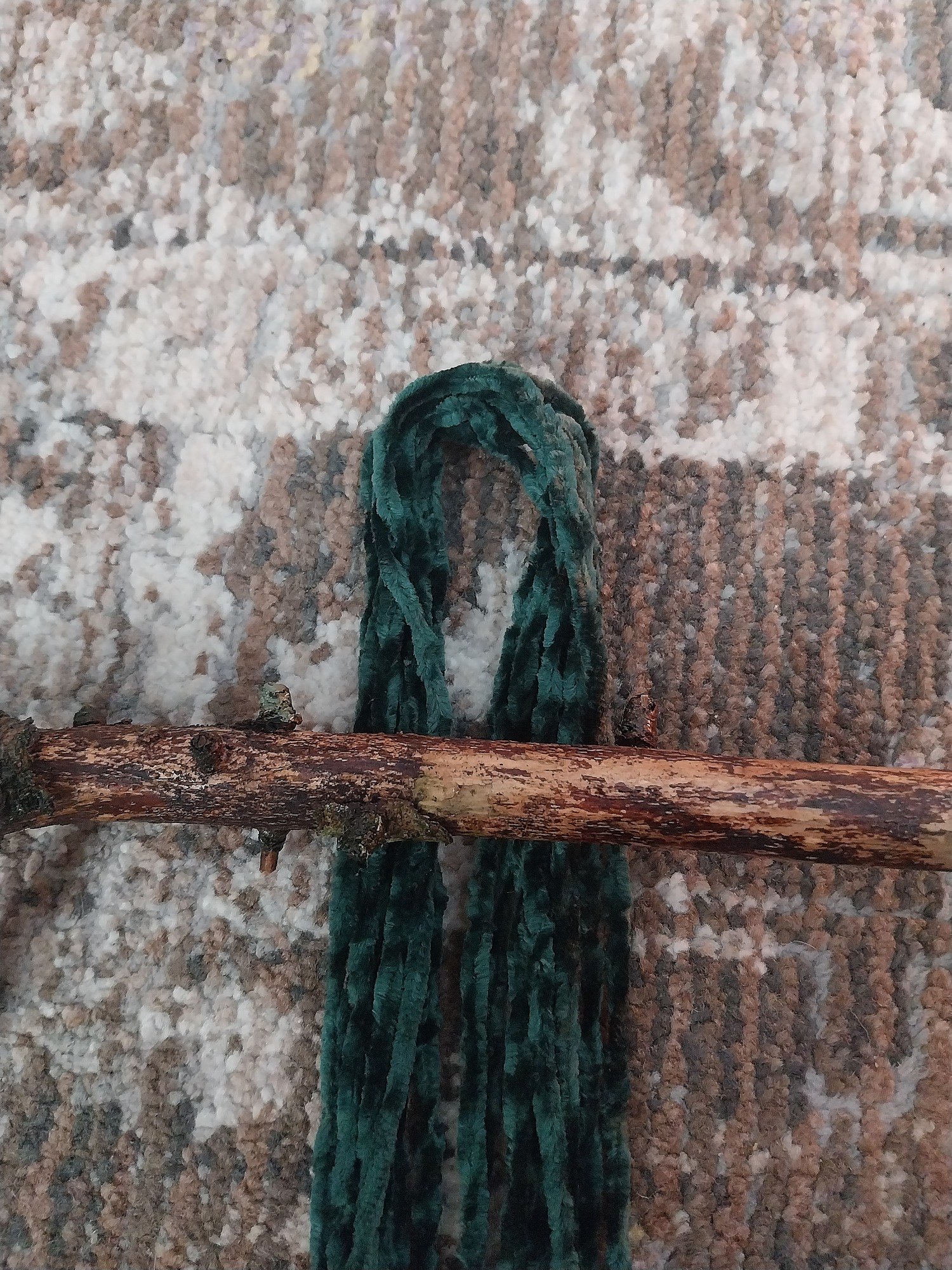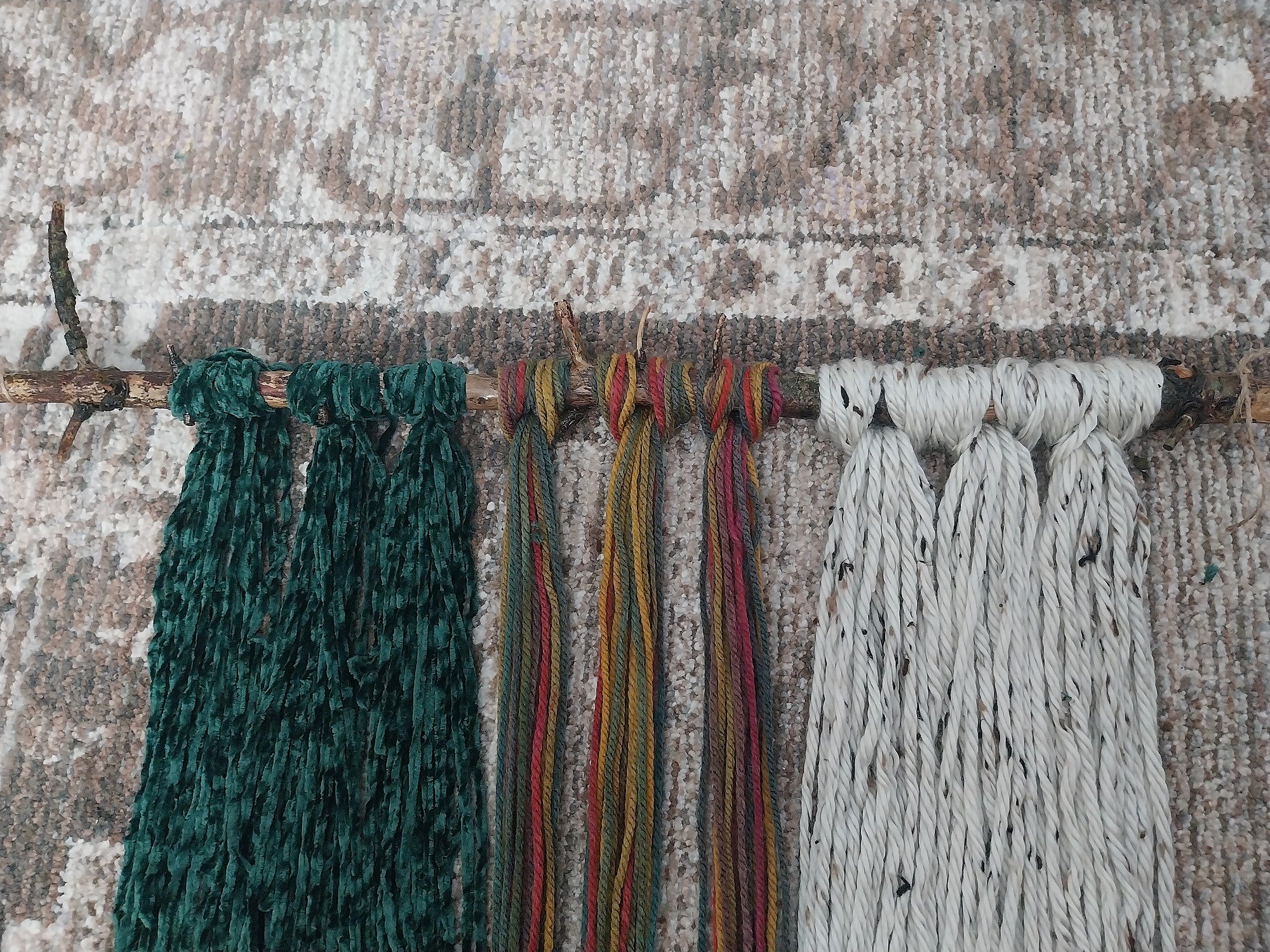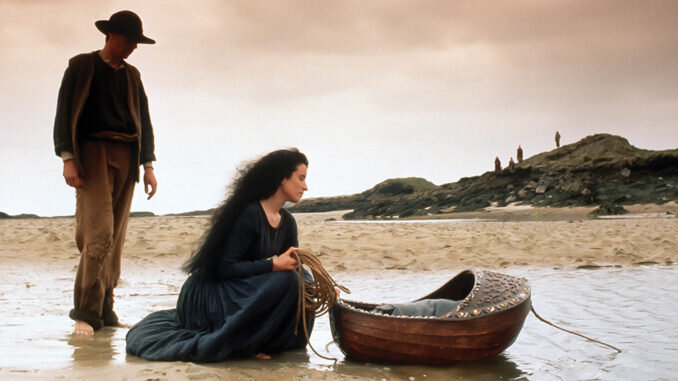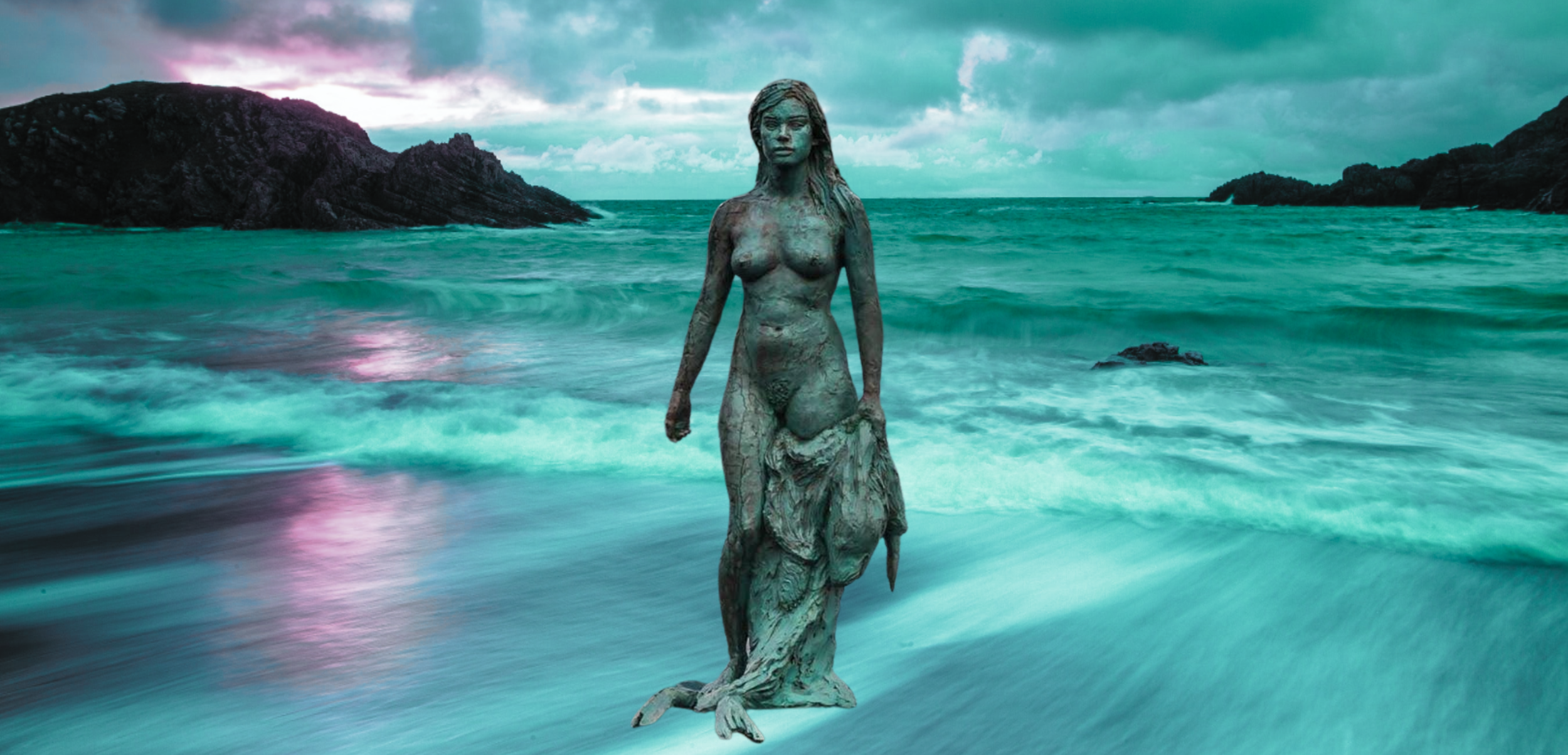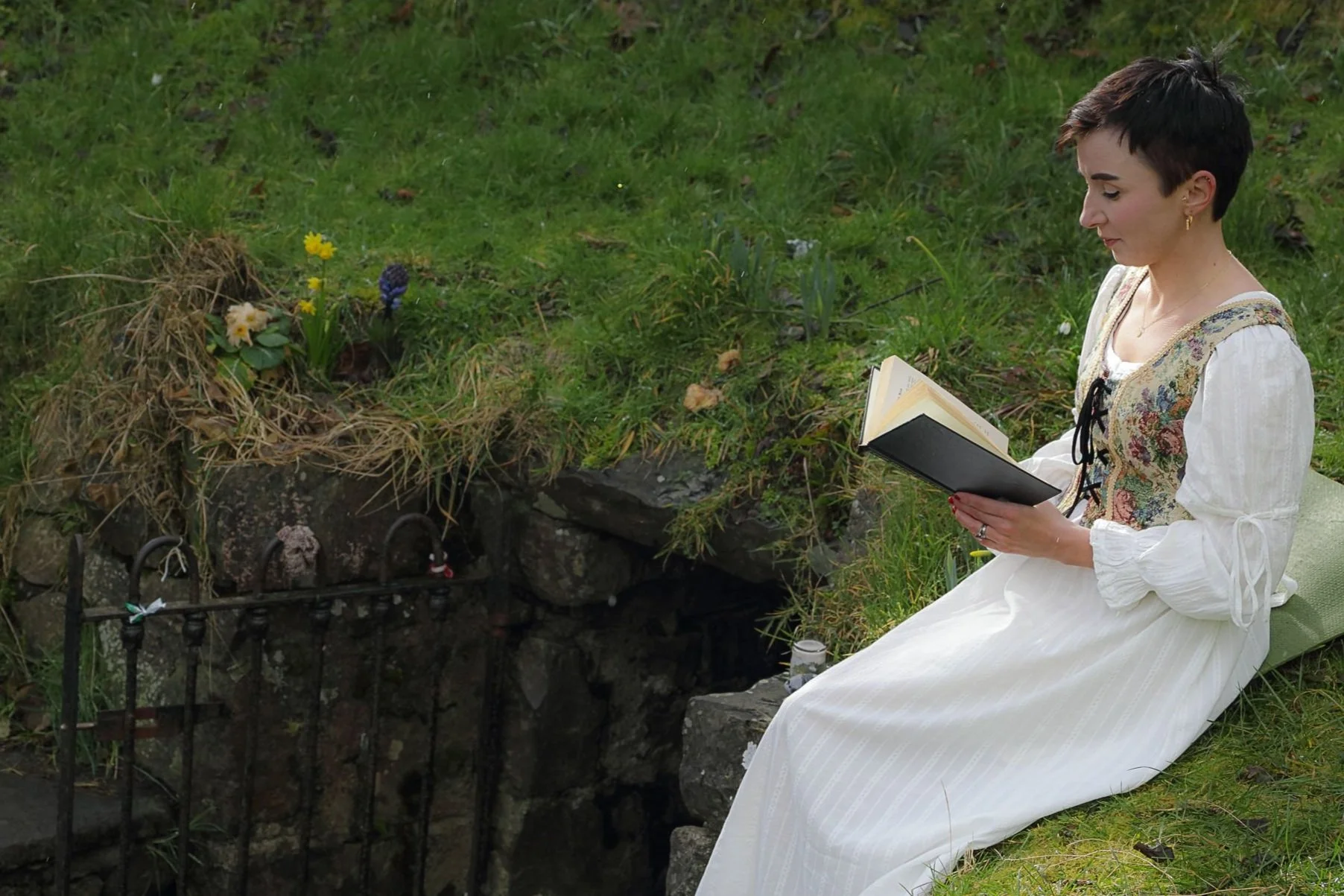
MUSINGS FROM THE OTHERWORLD
My current writings and musings on Celtic feminine mysticism and soulful living now find their home on Substack. I invite you to join me there but I’ve also preserved an archive of my previous writings (2021-2023) below.
We all have a Mythical Lineage
We all have a mythical lineage. But what happens when we are severed from our mythical traditions? How do we dream the myth onwards? How do we go walkabout in the cultural dreamtime to regenerate our mythical lineage in service to our lives, our families, our communities, and our world?
Eve (The Dreaming) by Jana Heidersdorf
We all have a mythical lineage. Or many mythical lineages. We all descend from ancestors who were storytellers. Whose mythology told the story of their people—their story, which is now our story to evolve as inherent in these ancestral myths is wisdom we so desperately need for our times. As Jung said, we must:
“…dream the myth onwards and give it a modern dress.”
But what happens when we are severed from our mythical traditions? How do we dream the myth onwards? How do we go walkabout in the cultural dreamtime to regenerate our mythical lineage in service to our lives, our families, our communities, and our world?
Well first, we must understand that this severance is a problem. A problem that together we can seek to solve. As the fairytale always tells us, each one of us holds the golden key.
The Golden Key by John Bauer
Mythological Displacement
Before I founded my business, the Celtic School of Embodiment, I worked for 14 years in global justice and human rights. During this time, I met many people who were experiencing ‘displacement’ either within their own country’s borders as an Internally Displaced Person (IDP) or across an international border, as a refugee. Displacement is the coerced movement of people from their home territories due to life-threatening factors like natural disasters, climate-induced disasters, war, persecution, corruption and human rights violations.
Displacement forces people to flee their homes, often that of their ancestors, and in consequence, causes immense psychological and bodily trauma. In addition to the wounding of the life-threatening event itself, displacement ruptures peoples’ connections to the cultural psyche and their mythological roots; the stories of their people. In the West where we have succumbed to the plague of rationalisation, the loss of our native myths may not seem as grave as the loss of life. It’s not. And yet, it has serious ramifications, which I believe we are only starting to see particularly in countries with a history of settler colonisation.
Myth is not primitive nor is it fabrication nor is it children’s stories. There is no singular purpose to myth, but in most cultures, myth facilitates the conditions for people to engage in the sociocultural, natural, and supernatural worlds that surround them and illustrates through story a range of effects that individual action can have on these multiple worlds. It can contribute to a person’s physical, mental, emotional and spiritual wellbeing. Myth and place are often inextricably linked. Myth helps people anchor in their physical and metaphysical place in the world. Not that this needs to be static. Any romanticised notion of ‘pristine’ mythology that is void of an agenda and has been isolated from interactions with other peoples and cultures, is a fallacy.[1] Myth is fluid and should flow with the times.
Still, we are living in an epoch of mythological displacement. In a time when people are displaced or have been moved away from their mythical lineage. I believe that this is detrimental to our wellbeing and I see from the women I work with, how this is amplified when we are not living on the land of our ancestors. While some of us like myself may live in the places where our forebears were born and died, many more do not. Sometimes that is by choice, and other times it is due to factors outside of our control like ancestral migration, colonisation and displacement. Yet for all of us, the felt sense memory of our ancestral home remains buried in our bodies. Just as the old bone woman haunted Gobnait (you can find this tale here) from beneath the top waters so too does ancestral memory haunt us from the unconscious, begging for our attention.
Amžinybė (Eternity) by M. K. Čiurlionis
A History of Displacement
For a small country, Ireland has a colossal legacy of displacement. Numbers vary but the Irish Diaspora is around 70 million people. Of these, 36 million are in America. The remainder are in the UK, Canada, Australia and New Zealand, and small populations in Continental Europe and Central and South America.[2] A historical catalyst to this was the Irish Famine, An Górta Mór, ‘The Great Hunger’, which was the greatest social disaster in 19th century Europe. Over 2 million people, a quarter of the population either died or emigrated. Ireland was under the rule of the British government at the time whose policies premised on racism, classism, and structural violence did not provide an adequate response, it failed the Irish people.
There were aid efforts within Ireland, Britain, and across the world. One donation that is remembered with reverence within Irish cultural memory is that of the Choctaw Nation who gave $170 to relieve famine suffering. This generosity came from a people who at the time were experiencing ethnic cleansing and forced displacement by the American government led by a Scots-Irish descendant, President Andrew Jackson. To take action to ease the suffering of another peoples amidst the horror of their own suffering was a profound act of human solidarity. In the Choctaw myth of emergence, the people are said to have emerged into this world from a mother mound, Nanih Waiya, ‘Leaning Hill’. In Irish tradition, the Áes Sídhe, the ‘People of the Mound’, our supernatural ancestors and otherworldly beings emerge from the fairy mounds, the hallow hills, and the Otherworld to interact with our world. Like in these instances where land and myth are interwoven, the displacement of peoples from their ancestral homes can be spiritually devastating.
Kindred Spirits sculpture in Midleton, Co. Cork honouring the contribution made by the Choctaw to starving Irish people in 1847
Subtle Displacement
Mythological displacement does not only happen with the forced movement of people, it can occur in more seemingly subtle ways. One example of this is the displacement of a native language with a non-native tongue. We see this with Gaeilge (Irish Gaelic), the Irish language and English. Every placename in Ireland tells a story. When you read Irish mythology, you will find long passages telling the story of how a placename came to be. Yet the history of place is complex in Ireland because our placenames are no longer in our mother-tongue, they were anglicised. This not only displaced the majority of the population from our language but also from our deeper sense of place and ancestry on our land.
To provide an example, a town near where I live is called 'Ardee'. Its meaning is hidden in its anglicised form. The Gaeilge for Ardee is ‘Baile Átha Fhirdhia’ which translates as 'The Townland of the Ford of Ferdia'. The story of this place is about a devastating duel at a ford between two warriors, Cú Chulainn (Koo Chul-an) and Ferdia (Fer-dee-ah), both of whom trained under the talented warrior woman, Scáthach (Scah-hock) on the Isle of Skye in Scotland. Not only were Cú Chulainn and Ferdia brothers in arms but some believe, potentially lovers. You can know none of this when you know the town only as 'Ardee'. Like how modern branding works, this is an incredibly effective tactic of assimilation.
Scáthach by PJ Lynch
Capitalist Displacement
Culture is a natural phenomenon across all human societies but culture itself is not natural, it is learned. Culture's mode of communication is predominantly symbolic. Different cultures share information in different ways, but they do so through symbols. These symbols could be the likes of words, gestures, behaviours, actions, and objects that are all inferred with meaning by a given culture. From birth, as you grow, you absorb these symbols and learn how to speak your culture fluently. Capitalism also behaves like a culture. It is not natural, it is constructed. Capitalism diffuses its own series of cultural symbols through the image of global brands (think Apple) that mass media then manipulates us into consuming through influencers. In capitalist spirituality, deities are celebrities, sites of worship are stores or anywhere we can consume, and our votive offering is money.
With capitalism, comes the idea of ‘development’, the lie of eternal progress that we all seem to be working towards. Some countries are ‘developed’ so better, others are not so worse. Development is a Western notion that has no equivalent in many languages. It is not natural or universalistic and does not appear in all cultures. Rather, it is a practice by which the existence and destinies of non-Western societies are formed via a Eurocentric mode of imagining and perceiving the world.[3] This impression of development creates a false polarity between the traditional and the modern, a deception whereby indigenous peoples are often characterised as primitive, having existed without history until the arrival of Europeans.[4]
The idea of modernisation has been propagated with such force globally that it is glorified as a universal goal and any deviation is subsumed under a negative, ‘traditional’ classification. Mythology exists within the traditional. It is not modern and so is perceived as less than. Where you have a racialisation or othering of the mythic or folkloric beliefs of a peoples like in Ireland under British rule, the obsession with modernisation intensifies because we have to be seen to be progressing, to be rational, to be intellectual, to lose our backwardness. It’s a survival tactic. A consequence of this is that our mythology loses its power, and we fall out of our enchantment with the world. Writing over one hundred years ago, German Sociologist Max Weber warned:
“As intellectualism suppresses belief in magic, the world’s processes become disenchanted, lose their magical significance, and henceforth simply ‘are’ and ‘happen’ but no longer signify anything.”
Dancing Fairies by August Malmström
White Supremacy Displacement
Capitalism’s greatest lover is white supremacy culture, an ideology that creates a hierarchy of imagined racialised value, where like modernisation, whiteness or white culture is the desired result; white middle and owning class to be specific. It constructs who is of value and human, and who is not in the name of profit, power and ‘progress’ at all costs.[5] This is a sinister form of colonisation, of ‘power over’ as it displaces us from ourselves, our hearts, our bodies, our spirits, one another, and nature.
In White Supremacy Culture – Still Here, Tema Okun and colleagues at dRworks articulate how white supremacy culture violates the humanity, ways of knowing, ancestral land and livelihoods of indigenous people, while exoticising, romanticising and culturally appropriating the wisdom and customs held within these communities. Indigenous people often maintain historical continuity with pre-colonial culture and form non-dominant groups within society.[6] We see this in Ireland with the Traveller (Mincéirí) community who have been vilified, ostracised and forced to ‘settle’, a form of displacement, by the Irish government, as Ireland upon independence used much of the same institutional structures imposed by the British Empire.
Even in our education system, which mirrors the British system and was formed in collusion with yet another colonial power, the Catholic Church, our mythology is taught as imaginary tales for children. Okun stresses how academia defines the “classics” as Greek and Roman, white and male. ‘Classic’ conjures the image of the highest possible quality—forever—and in this way gives superiority to a particular way of knowing so that Greek and Roman becomes the mythology of the West. These mythologies do, of course, speak to archetypal patterns that appear cross-culturally and are fundamental to understanding the Western Psyche as are their many Egyptian roots. But we have access to a rich broth of other mystery traditions, some of which have been relegated to the margins for not conforming to this model of classic. Why not have this, and more please?
“Looking back behind the modern severance of spirit from nature, we can find an important source of Western culture in the myths, art, music, folklore and traditions of pre-Christian Ireland. This material is as important for understanding ourselves as Egyptian, Greco-Roman and Judeo-Christian influences.”
Sylvia Brinton Perera, The Irish Bull God
Irish mythology does not equate to whiteness. Irish bodies come in a gorgeous spectrum of colours and diverse lineages. This extends beyond our small island to our Diaspora, where for example, it is estimated that 38% of African Americans have Irish Ancestry.[7] This fills me with hope for our mythology as our diversity can fuel innovation and creativity. My work is my way of weaving a new tapestry for our mythical lineage but we need many diverse threads!
Women in Biskra Weaving the Burnoose by Frederick Arthur Bridgman
The Legacy of Mythological Displacement
I work predominantly with women who are first-generation Irish, or of Irish or wider ‘Celtic’ heritage. 80% of the women who cross my threshold live beyond Irish shores. I see this legacy of mythological displacement everywhere in my work. Common themes that emerge from my clients and community are:
Feeling disconnected from their lineage(s)
Feeling like they don’t know where they belong
Identifying as biracial or multiracial and navigating multiple lineages
Holding shame about not knowing more about their mythological heritage
Carrying intergenerational grief and trauma
Being haunted by the ghost of ancestral loss that they cannot make sense of
Seeking and, or, potentially appropriating from other cultures, or fear of doing so
Being a settler on the stolen land of indigenous peoples
A Remedy for Mythological Displacement
So, what’s the remedy? How do we travel the road from mythological displacement to finding our way home? I don’t live in your body so it would be remiss for me to dictate a solution to the complexities of mythological displacement. That acknowledged, in my experience, there are three standing stones that generate the soulful conditions for you to (re)discover your own location for home within your lineage.
The Wild Swans by Jackie Morris
1. Become Intimate with Your Mythical Family
You are not simply your life and your life simply you, there are spiritual forces that arise from the collective unconscious—your mythical kinsfolk—who are naturally invested in your life. Who conspire to guide you to self-actualisation, to fulfil your life’s Calling. This cannot happen without reciprocity—you have to be interested in them to see their interest in you.
Tend to the archetypes that your ancestors brought to life to shape their world and the native faces they bequeathed these archetypes—the goddesses, gods, and mythical beings of Irish mythology. This is your mythical family. If you hold multiple lineages, invite your full family in, all lines. Jung believed that ancestral experience remained alive within the sea of the collective unconscious. Myth is one of the most powerful ways we can access this unconscious so that we can learn from our mythical and human ancestors. What would they wish for us to know?
In this way, myth is always evolving and can serve to illuminate the foresight we need for our lives, our families, our communities, and our world. We are living in an unprecedented era of crisis as our planet revolts through climate change against the toxicity of our relationship with it, which I believe mythological displacement exacerbates. Deepening your relationship with your mythical family is deepening your relationship to Mother Earth. We have to dream with our mythical ancestors and allow these visions to be of service.
2. Unveil your Divine Feminine Heritage
When we venture into the Otherworld of our mythical lineages, we see how the ‘original’ sources are often tainted with a patriarchal hand as is the case with Irish mythology and its Christian scribes. We have to lift the veil in search of the feminine, to excavate her from the ashes of mythological memory. It is no coincidence that the domination and subjugation of nature and the feminine are killing our planet. And so, when we find the feminine in our myths, we must allow her wisdom to metabolise through our bodies so we can inhabit her more fully. We must welcome the full spectrum of the feminine into our lives so that we ourselves can become more alive. She has been missing and we are dying without her. Rest assured there is no shortage of big feminine energies in Irish mythology. We have much to work with.
3. Partner with Your Body
You could go and read books on Irish or Celtic mythology and the feminine, which are still few and far between, we desperately need many more. Yet for me, what is missing entirely from experiences of myth and the feminine in the Irish and Celtic context, is the body. To paraphrase Marion Woodman, we can only hear our authentic voice when we discover and love the goddess lost within our rejected body. And so let me repeat what I said above, it is no coincidence that the domination and subjugation of nature and the feminine—and the body—are killing our planet. We have rejected all three. We have displaced all three. When you drop the stories of your mythical ancestors into your body and allow them to coarse through the veins of your own life stories, this is where the magic, the re-enchantment happens.
Samhain by Wendy Andrews
I Feel Like I’ve Come Home
What happens when you become your own custodian of these three standing stones? It may sound like a cliche but the most common response I hear is, “I feel like I’ve finally come home.” This is frequently accompanied by:
Deeper acceptance and love of self
Honouring your Irish or wider Celtic lineage, and other lineages from an embodied and internally resourced place
Rootedness in your own sense of what it means to belong in this world
Release from ancestral grief and trauma
Confidence to engage in cross-cultural relationships in celebration of our human diversity and our interconnectedness
Trust to reimagine your lineage(s) free from dogma and make your own poiesis with this in service to others and these times
And when you stir feminine stock into this broth, women are energised with personal:
Sovereignty: A stepping forth into life as an embodied expression of power within, as a sovereign woman
Sensual Aliveness: A cultivation of your external senses, along with the nebulous world of your internal felt senses as a gateway to living a full-flavoured enchanted life
Becoming: An implosion of creative lifeforce. Surrendering to cyclic rhythms and embracing all seasons in acceptance of your ever-unfolding unto life
‘“O Brigit!” said Ogma, “before you go tie a knot of remembrance in the fringe of your mantle so that you may always remember this place—and tell us, too, by what name we shall call this place?” “Ye shall call it the White Island,” said Brigit, “and its other name shall be the Island of Destiny, and its other name shall be Ireland.” Then Ogma tied a knot of remembrance in the fringe of Brigit’s Mantle.’
- Ella Young, Celtic Wonder Tales
You remember the knot in your mantle, I know you do.
References
[1] Wolf, E.R. (1982) Europe and the People Without History. University of California Press
[2] Irish Emigration Patterns and Citizens Abroad 2017, Department of Foreign Affairs, Ireland
[3] Tucker, V. (1992). The Myth of Development: A Critique of a Eurocentric Discourse. In Munck, R. & Hearn, D. (eds). Critical Development Theory: Contributions to a New Paradigm. London: Zed Books
[4] Sahlins, M. (1999). What is Anthropological Enlightenment? Some Lessons of the Twentieth Century. In Sahlins, M. (eds.) Culture and Practice: Selected Essays. Zone Books: New York
[5] Okun, T. (2021) White Supremacy Culture – Still Here. whitesupremacyculture.info
[6] United Nations Permanent Forum on Indigenous Issues
[7] African American Irish Diaspora Network
Mythical Arts Practice: The Morrígan’s Tresses
This image of the Morrígan’s nine loose tresses became a source of fios for me. Thrice the sacred triple, nine is a mystical number in Celtic mythology. The nine tresses of the Morrígan unbraid themselves and flow outwards to other sacred nines…
The Mythical Arts
Today, I share a nourishing, enlivening and powerful mythical arts practice with you.
So what do I mean by the ‘mythical arts’?
Well firstly, art can be an embodiment process, an experience of the body. Art is often infused by fios, the Irish word for otherworldly knowledge or wisdom gained through divine inspiration in relationship with the Otherworld, or imbas the light of foresight - but it is brought into form through the body.
Secondly, the mythical arts is any way that we breathe life into our mythology through our creative expression. This could be storytelling, poetry, written word, drawing, painting, crafting, sculpting, song, music, movement, dance, theatre, photography, film-making, herbalism, gardening… I could go on and on.
In fact, for the mythical arts practice I’ll be sharing with you today, I don’t know what category it falls into. Crafting perhaps… it doesn’t matter. The mythical arts is about allowing your fios to flow through you into form. Whatever form looks like to you.
You do not need to be an ‘artist’, you simply need to be your own Bean Feasa, the wise woman or Duine Feasa the wise person who embraces their fios and allows it to flow.
Tresses of the Morrígan
I call this practice ‘The Morrígan’s Tresses’, which came from my leadership programme, the Sovereignty Goddess Incubator. The Morrígan or Morrigan is an embodiment of the dark feminine in the Irish mythical tradition. Creation and death, life-giving, life-taking, are dual aspects of the Great Mother of birth, life, death, and rebirth. As a descendant of this Great Mother energy, the Morrígan is an expression of the darker, necessary aspects of the human experience.
Like the Hindu Goddess Kali, she is a destroyer often destroying what needs to die within ourselves so that we can become more alive. And like the Sumerian Goddess Inanna, she bestows kingship through her strategy, sexual potency, magical shapeshifting and seership as a goddess of sovereignty and war.
In one of her core myths, Cath Maige Tuired, we encounter the Morrígan at a ford in the River Unshin in Co. Sligo. It is Samhain when the veil between worlds is thinnest. The Great Goddess straddles this liminal time with one foot on the river bank to the south, one foot on the bank to the north, her vulva present over the water’s roaring flow. Nine loose tresses fall from her head. It is here that herself and the Dagda, the great god of the Tuatha Dé Danann lie together. So that this place becomes known as the ‘Bed of the Couple', and later, as the ‘Ford of Destruction’ - again fertility and destruction, life and death at play together.
The Number Nine
This image of the Morrígan’s nine loose tresses became a source of fios for me. Thrice the sacred triple, nine is a mystical number in Celtic mythology. The nine tresses of the Morrígan unbraid themselves and flow outwards to other sacred nines:
🌀Nine waves that the Tuatha Dé Danann cast into a storm to stop the Milesians, our human ancestors, from first landing upon Irish shores
🌀Nine hazel trees that drop their hazelnuts into the Well of Segais where salmon swallow them whole and wisdom bubbles. This wisdom is liberated into the land by the Goddess Bóinn, who becomes the River Boyne and similarly, the story of Connla's Well liberated by the Goddess Sinend, the River Shannon
🌀Nine white deer, the symbol of Gobnait, obscure sister saint of Brigid, and her place of resurrection, where she becomes a woman unto herself
🌀Nine generations of birthing pangs that horse goddess Macha with her dying breath spell-casts upon the men of Ulster
🌀Nine Morgens of the Isle of Avalon who were skilled priestesses in astronomy, astrology, mathematics, healing, music, herbal lore, and shapeshifting
I have no doubt there are many more.
Your Nine Braids
And so, you will create your nine tresses of the Morrígan in honour of the Goddess and all of these sacred symbols of nine. You will braid them together with incantation as healing threads. Some say the Morrígan is the mother of Goddess Brigid, and like you would weave a Brigid's cross for protection, here will weave:
Three braids of Gratitude for this journey of life, of your own becoming
Three braids of Desire for your life
Three braids of Reciprocity for the gifts will you bring in service to our world
Femme Se Paignant (Woman Combing Her Hair) by Edgar Degas, 1887-1890
What You Will Need
A stick. I sourced mine from Dún na Rí, King's Court, a beautiful ancient forest in Co. Cavan. I set out with the intention to ask the land for the gift of a stick for this project. I found a lovely mossy one, which I then washed and varnished. You could paint the stick if you desire using acrylic paint so it will last. Or you could purchase a wooden dowel. For me, I love the perfection in the stick's natural winding texture
Three balls of wool or yarn
A strong twine for hanging. I used threaded wire from the local florist
Sacred Steps
Once you have your bits and pieces:
1. Take your ball of wool and cut 27 threads of wool measuring about 60cm in length
2. Repeat for your second ball of wool, then for your third ball of wool
3. Once you have your threads ready, take time to prepare the energy of your space. I got on all fours so my head, heart and womb were level. I began breathing and moving myself into this sacred space. I smudged the threads with the dreaming herb of mugwort
4. Divine each of your bundles of 27 threads into 3 x smaller bundles of nine threads. So if you can imagine, you’ll have three bundles of nine threads for your first ball of wool, three for your second ball of wool, three for your third ball of wool - 9 bundles of 9 threads ready for braiding (stay with me 😍)
5. Then once you are ready, fold your threads in half and loop each of your bundles of nine threads onto your stick. I tied my stick down to keep it still while doing this
6. For each tress, you'll now have 18 threads as they've doubled over
7. What I did then is divide my 18 threads into three bundles of six which I braided together
8. As you go, do not concern yourself with perfection. The Morrígan's tresses are not perfect. This is an embodied experience of creative magic not an exercise to get something 'right'
The Magic Begins
Now the magic begins!
Work intuitively, no need to have everything written out beforehand. Feel into your body and ask yourself:
What are my three Gratitudes?
For each gratitude, thread a braid and invoke out loud your gratitude as you braid. For example, I chanted:
“Máthair, táim buíoch as...”
“Great Mother, I am grateful for...”
If you can, close your eyes as you braid and feel the wool weave through your hands and the sound of your invocation bind the tresses together.
I found myself crying doing this and so I wove my tears into my braids. It felt profoundly moving. Go as you are.
Then once complete, ask:
What are my three Desires?
Continue braiding.
And finally,
What three gifts will I share in service to this world?
We all have gifts to bring. A core tenet of Irish mythology is reciprocity with the Otherworld and so in a way, we have due diligence to share our gifts with the world.
Complete your nine Morrígan tresses. Offer a bow, a nod, a hand on heart, a gesture to the Great Goddess and these sacred symbols of nine. Sit with your braids for a time. It's a moving experience.
And when the time feels right, add your twine or wire and hang your Morrígan's Tresses somewhere you can meet with them regularly. Take your braids in your hand as you walk by, stroke them, tend to them, feel their magic – your magic.
Rescuing Our Sealskins
The Celtic School of Embodiment was birthed from my journey of rescuing my selkie sealskin, which I had lost to our hyperproductive world. I was too busy leaning in and burning out to wear my pelt and to embrace the depths of my wild feminine place.
The Mythical Selkie in the Secret of Roan Inish
The Celtic School of Embodiment was birthed from my journey of rescuing my selkie sealskin, which I had lost to our hyperproductive world. I was too busy leaning in and burning out to wear my pelt and to embrace the depths of my wild feminine place.
I now wear my sealskin as I work in partnership with women to reskill in our feminine essence and in doing so, reclaim our skins. With my selkie on my back, it comes as no surprise that her story resonates with the women I work with in profound ways. Let me tell you a little more about our mythical sealwoman…
The Dublin coast where I grew up is peppered with seal colonies so they’ve always been a feature of my life, of my place. The name for a seal in Gaeilge is rón pronounced “RO-UN”. My parents planned to call me Ronán if I was a boy, which means ‘Little Seal’. I live in a seaside town, Skerries, which as a community we share with both harbour seals and grey seals. Here, the essence of the selkie permeates the landscape.
Selkie ("SEHL-kee") means ‘seal folk’; magical creatures that shapeshift from seal to human and more often than not, to women. Stories of selkies feature in the Irish, Scottish and Nordic traditions, like that of Iceland and the Faroe Islands. These coastlines are wild and unpredictable and one which humans and seals share. Seals are intelligent, curious animals. Their dark eyes are at once affectionately docile and pools of mystery.
In Celtic mythology, the Otherworld exists in liminal spaces. Pools, wells, rivers, lakes, the sea are sites where the boundaries between our ‘reality’ and the terrain of our mythical ancestors are fluid. You can easily slip through water into the Otherworld, as otherworldly beings can easily slip into this world.
Shapeshifting is integral to Irish myth, most commonly with women who transform into creatures like swans, ravens, cranes, flies, eels, hares, horses, cows and deer. This is a cosmological expression of our interconnectedness with the natural world, and the affinity of the feminine with nature.
The Selkie Emerging from her Sealskin
AN MHAIGHDEAN MHARA
There are many varieties of the selkie tale. In Ireland, the tradition includes stories of An Mhaighdean Mhara, the ‘The Sea Maiden’ in Gaeilge, (pronounced “ON WAW-GIN WARA” or “ON VAW-GIN VARA” depending on the dialect). This refers to a type of mermaid (half-woman, half-fish) or a selkie. A popular motif centres on a lonely man stumbling across a selkie on the beach. He becomes so enraptured by her otherworldly charm that he snatches her sealskin, magical cloak, or fishtail and holds her captive on land.
The Maighdean Mara eventually returns the man’s love, and they birth a family together. But, as she cannot express her true nature, her essence, or live as her authentic self while in this man’s world, her health begins to drastically deteriorate, her lifeforce leaks. Her only chance of survival is to reclaim what was taken from her by this man.
When she finally secures her lost sealskin, magical cloak, or fishtail, with the help of her child, she begins to plumpen, ripen, her eyes shine with sea life once more. Yet, to live her true essence she has no choice but to return to the sea. A decision that is at once, exhilarating and life-giving and equally, heartbreaking. She continues to visit her child (or children) under the full moon.
I have been spending time in Donegal in the north west of Ireland on the wild Atlantic coast. This region is steeped in folkloric tales of the Maighdean Mara. To feel into the landscape of the Sea Maiden, I invite you to close down your eyes and allow this traditional Donegal song to wash over you. It is a poignant conversation between the Maighdean Mara, Mary Chinidh (Kinney) and her daughter Máire Bán (‘fair haired Mary’). Mary must leave her family and return to the sea now she has reclaimed her skin.
This version is sung by Moya Brennan (from Clannad), Máiréad Ní Mhaonaigh (from Altan), and Máiréad Ní Domhnaill. It’s old and grainy but well worth a listen for its haunting beauty. I’ve provided the English translation below the video.
It seems that you have faded away and abandoned the love of life
The snow is spread about at the mouth of the sea
Your yellow flowing hair and little gentle mouth
We give you Mary Chinidh to swim forever in the Erne
My dear mother, said blonde Mary
By the edge of the shore and the mouth of the sea
A Sea Maiden is my noble mother
We give you Mary Chinidh to swim forever in the Erne
I am tired and will be forever
My fair Mary and my blonde Patrick
On top of the waves and by the mouth of the sea
We give you Mary Chinidh to swim forever in the Erne
The night is dark and the wind is high
The Plough can be seen high in the sky
But on top of the waves and by the mouth of the sea
We give you Mary Chinidh to swim forever in the Erne
ANSWERING THE SELKIE’S CALL
The selkie story is one of my favourite to explore with women. In both my Celtic Woman Coaching and in Week 3 of the Banríon Mystery School, we take a deep dive into Irish seas and hear the echo of her call. For me, the selkie comes ashore to implore us to rescue our sealskins from our hyperproductive world by reskilling - an act of remembering - in our feminine expressions.
Masculine and feminine expressions exist within each individual of every binary, and non-binary. Yet, we have lived for thousands of years in a patriarchal world where ‘man’ became culturally coded as superior; with the mind and intellect. ‘Woman’ then was (and still is), inferior and confined to the domestic sphere and nature; with the body, the wild, the unpredictable.
We have come to value masculine expressions over feminine expressions, even within our own bodies. And so as young women, as soon as we enter the working world, already coded as predominantly male, we feel we must prove our masculine to succeed. We have to take off our sealskin and leave her on the rocks, as we suit-up and head for the city.
Yet the paradigm is beginning to shift. If you are reading this, I know you can feel it. The time has come for us to go back to the rocks and rescue our sealskins because sewn into them is our feminine essence. This takes courage. It takes discipline. And it takes devotion. But Celtic Sister, it is so worth it. To plumpen, to ripen, to shine wild once more with life.
To be at home in your own skin. In the truest sense.
I share this quote from Deirdre, a gorgeous client and dear friend on her experience of the selkie:
“It really felt like we bypassed the conscious mind so that my BODY could SPEAK to me. I was amazed at the intuitive movements my body made under Jen’s guidance – past traumas coming to the surface to be acknowledged and healed… The weaving of Celtic mythology into the session was so powerful. I instantly identified with the story of the selkie woman. For me, the ‘sealskin’ represented my ‘personal power’ which I gave away – nobody ‘took’ it from me. These ancient stories have profound messages for women today.”
OVER TO YOU BELOVED…
Does the mythical selkie/An Mhaighdean Mhara call to you?
What do you feel when you hear her song?
Where is your sealskin, magical cloak, or fishtail? Are you wearing it? Does it feel close by? Or perhaps, far away?
Are you ready to come home to your own skin?
